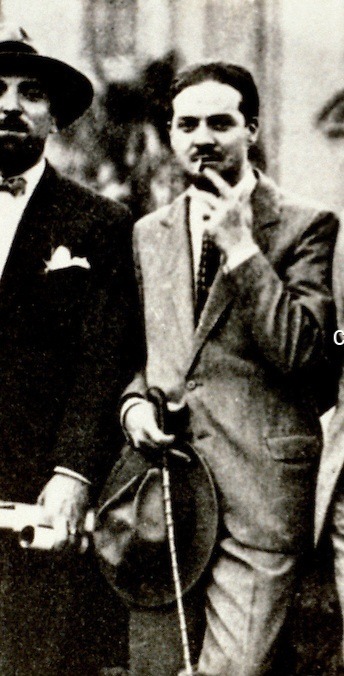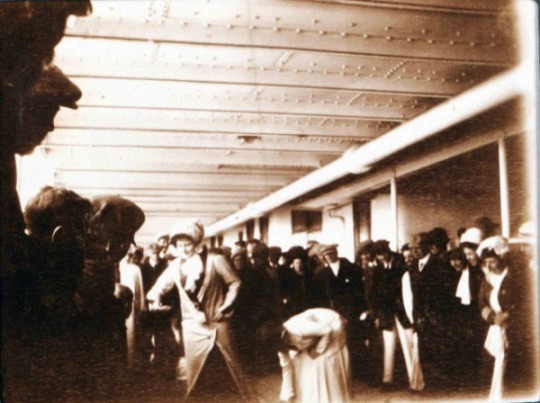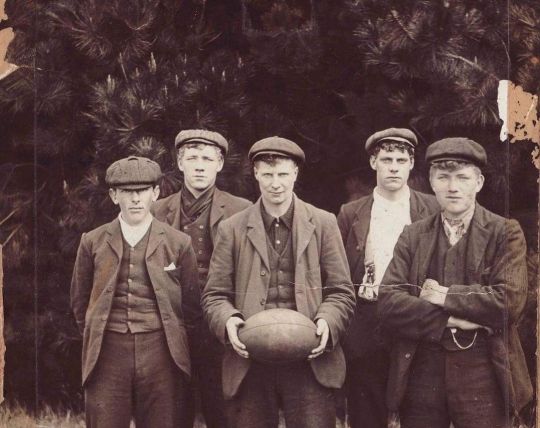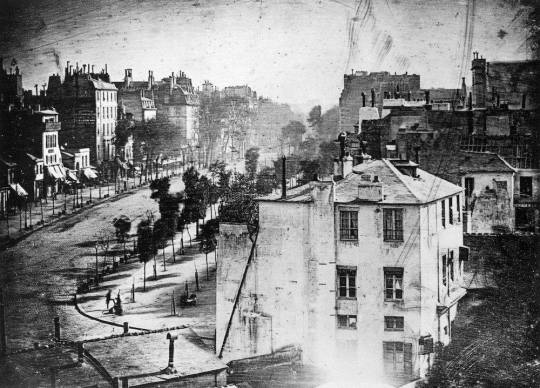#historical images
Text

Unattributed • Francesca Woodman in her dorm room at Abbot Academy, Andover, MA, c. 1972
434 notes
·
View notes
Text

High up in Pakistan's Indus Valley are some of the most intricate and diverse petroglyphs on earth. These are the ancient Shatial glyphs on the Karakoram Highway in the Gilgit-Baltistan region. Dating from the Stone Age to the birth of Islam, the glyphs cover boulders and boulders stretching for more than 100 kilometers. The writings and designs cover various languages, religions and the symbolism of peoples dating back 10,000 years.
[Historical Images]
* * * *
“You walk towards the edge of knowledge, and then you walk down the vertical plateau of curiosity.”
— Ahmed Salman (via inthenoosphere)
85 notes
·
View notes
Text
youtube
#historical photos#historical pictures#rare history#historical#rare images#historical images#rare historical photos#historic#old photos#rare photos#history#historical footage#photos rare#photos#1900s#1910s#1920s#1930s#1940s#1950s#1960s#1970s#vintage#past photos#historical iconic photos#vintage visions#vintage photos#vintage vision#selections#interesing
8 notes
·
View notes
Text
Italo Balbo (right) & Dino Grandi (left)

#ww2#wwii#historical#reichblr#ww2 italy#wwii italy#historical images#italo balbo#balbo#dino grandi#grandi#fascist italy
7 notes
·
View notes
Text

Pictured, an Egg and Spoon race aboard the RMS Olympic
15 notes
·
View notes
Photo

Berlin 1988. Four views of DDR Grenzpolizei vehicles at the Berlin Wall.
86 notes
·
View notes
Photo

New Zealand | Historical Images
34 notes
·
View notes
Text

This famous black-and-white photograph taken by Alfred Eisenstaedt captures the euphoric moment in Times Square, New York City, on August 14, 1945, when Japan announced its surrender, ending World War II. The photograph shows a U.S. Navy sailor passionately kissing a young woman in a white dress, symbolizing the relief and joy felt by Americans at the war's end.
Website:- https://youtu.be/OmHcIiKDiFk
#rare historical photos#historical photos#historical photos rarely seen#historical iconic photos#historical shocking rare photos#historical#historical images#historical pictures#historical footage#amazing historical photos#old photos#photos#past photos#rare photos#iconic photos#photos rare#old vintage photos#journey through time#random historical photos journey through time#historical photography#vintage photos#40 historical photos
0 notes
Text
Description: to rare glimpses of the past, these images will leave you in awe. Join us as we explore the stories behind each photo and the impact they had on history. Get ready to be transported to another time and experience the power of photography in capturing the essence of a moment. Don't miss out on this journey through history, watch now!
5 Breathtaking Historical Photos That Will Leave You in Awe | amazing historical photos #historicalphotos #amazinghistoricalphotos #Thegoldengatebridge
building the golden gate bridge
#moonlandingin1969
#berlinwall coming down
#nelsonmandela being released from prison in 1990s
5 breathtaking historical phtos that will leave you speechless
#rarehistoricalphotos
#oldphotos
#history
#historicalpictures
#vintagephotos
#amazinghistoricalphotos #facebookpost
#youtube#amazing#facts#history#interesting#historical#historical photos#historical images#images#historical pictures#pics#Tumblr post
0 notes
Photo

Reverse side of a Series 1918 $500 Federal Reserve Note.
#us currency#us money#money#500 dollar bill#us treasury#us mint#engraving#historical images#the federal reserve#federal reserve note
0 notes
Quote
After all, historical images have lives and histories that go beyond the context of their creation. While not everyone goes to Western art galleries, more or less everyone living in the developed world is caught in the unescapable capitalist slipstream of advertising and social media – where historical images of women contour and inform popular culture, from music videos, to advertising for formula milk, to album covers and fashion photography. Some media reference this legacy explicitly, from Beyoncé and Jay-Z’s music video for ‘Apeshit’, shot in the Louvre; to Reebok ads ripping off Renaissance artist Botticelli to sell sportswear; to fashion and lifestyle shoots inspired by the horizontal or docile women in our art collections. Many more are influenced tacitly as our heritage of fine art and cultural images becomes part of our shared visual language. And, as we have seen in the National Gallery’s collection, many of these images objectify women, normalise violence against them, stereotype or exclude racial diversity, or demonise ageing and non-normative bodies and sexualities.
Catherine McCormack, Women in the Picture: What Culture Does with Female Bodies
#Catherine McCormack#What Culture Does with Female Bodies#Women in the Picture#historical images#Western art#cultural images#fine art
0 notes
Text

Louis Daguerre • Paris, 1838
The first photograph of a human being. The exposure time for the image was around seven minutes, and although the street would have been busy with traffic and pedestrians, it appears deserted.
Everything moving was too fast to register on the plate, the only exception is the man at the lower-left; he's getting is shoes shined.
505 notes
·
View notes
Photo

Woman wiring an early IBM computer taken by Berenice Abbott in 1948.
[Historical Images]
* * * * *
Dorothy Vaughn (the woman who "fixed" the NASA computer) began working for NACA (predecessor to NASA since 1943, and was made Supervisor of the Computing Department in 1949 - the first Black woman supervisor in NACA, and one of the first in ANY Government Agency (when NACA became NASA in 1958, all segregated facilities were abolished, therefore there were no "Whites only" bathrooms, "Colored" coffeepots, etc.). She was also instrumental in having the electronic computers installed at Langley West, in 1961, and supervised their installation.
Katherine Johnson had been, in fact a member of the Flight Research Division since 1953, 5 years before NASA was formed. (She did not have to go to court to attend classes, just filed a request with the city). She was the co-author of the research paper shown in the film in 1960 - a year before the first Mercury mission - and was the first woman, Black or White, to be given credit for such research - and had access to ALL Flight Research meetings since the beginning of NASA (1958). I felt it insulting that Kevin Costner's character was shown to "stick up for" Katherine...Katherine could, and did, stick up for herself; she didn't need a White man to "save her".
210 notes
·
View notes
Text


Zack and Cody can finally eat in the best Italian restaurant
#zack and cody#italian restaurant#meme#I can’t believe this is really been 15 years waiting#lol#memes image#historic
2K notes
·
View notes
Text


Brooch
Marcus & Co. (New York City, New York)
c.1900
This exquisite brooch is one of the few extant examples of plique-à-jour jewelry made by the New York firm of Marcus & Co., whose reputation at its prime rivaled that of Tiffany & Co. Herman Marcus (1828–99), a German–born and Dresden–trained jeweler, arrived in New York in 1850 and worked for a number of prestigious firms before establishing Marcus & Co. in 1892. Following his death, the company continued under the direction of his two sons, George Elder Marcus and William Marcus.
The brooch is a superb example of Marcus & Co.’s work in plique-à-jour enameling, in which the "cells" of color have no backing, allowing light to shine through the transparent enamel, thereby creating the effect of stained glass. One of the only jewelry firms of its day to succeed at this challenging technique, Marcus & Co. followed the lead of such innovative French designers as René Lalique. The sensitive 3-dimensional sculpting of the sweet pea blossoms and leaves, as well as the naturalistic coloring of the enamels, reflects the Art Nouveau aesthetic that prevailed at the turn of the century. Indeed, close parallels can be drawn with the brilliant naturalistic work of Louis Comfort Tiffany, whose oeuvre is so well represented in the Met’s collection.
The MET (Accession Number: Accession Number: 2016.107)
#brooch#jewelry#art nouveau#art history#1900s#turn of the century#fashion history#historical fashion#marcus and co#united states#floral#green#pink#enamel#pearl#diamond#gold#the met#images are pretty big HIGHLY recommend opening in a new tab
852 notes
·
View notes
Text

#this is one of those images that was meant to be satire but holy shit are these ladies absolutely SERVING#historical fashion polls#fashion plate#fashion poll#historical dress#historical fashion#dress history#fashion history#19th century#19th century fashion#late 19th century#19th century dress#1890s dress#1890s fashion#circa 1890#1890s#circa 1899#circa 1900
515 notes
·
View notes